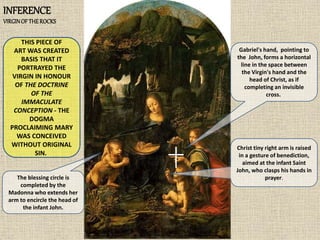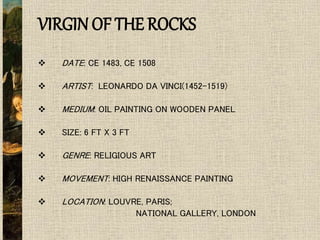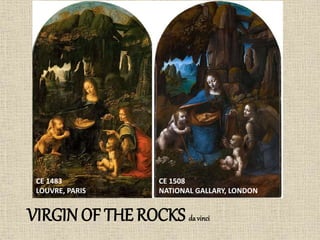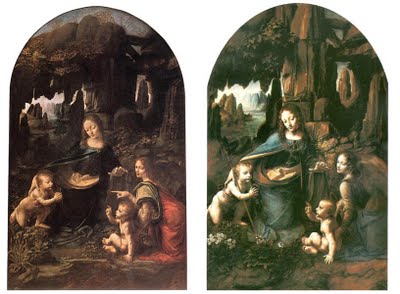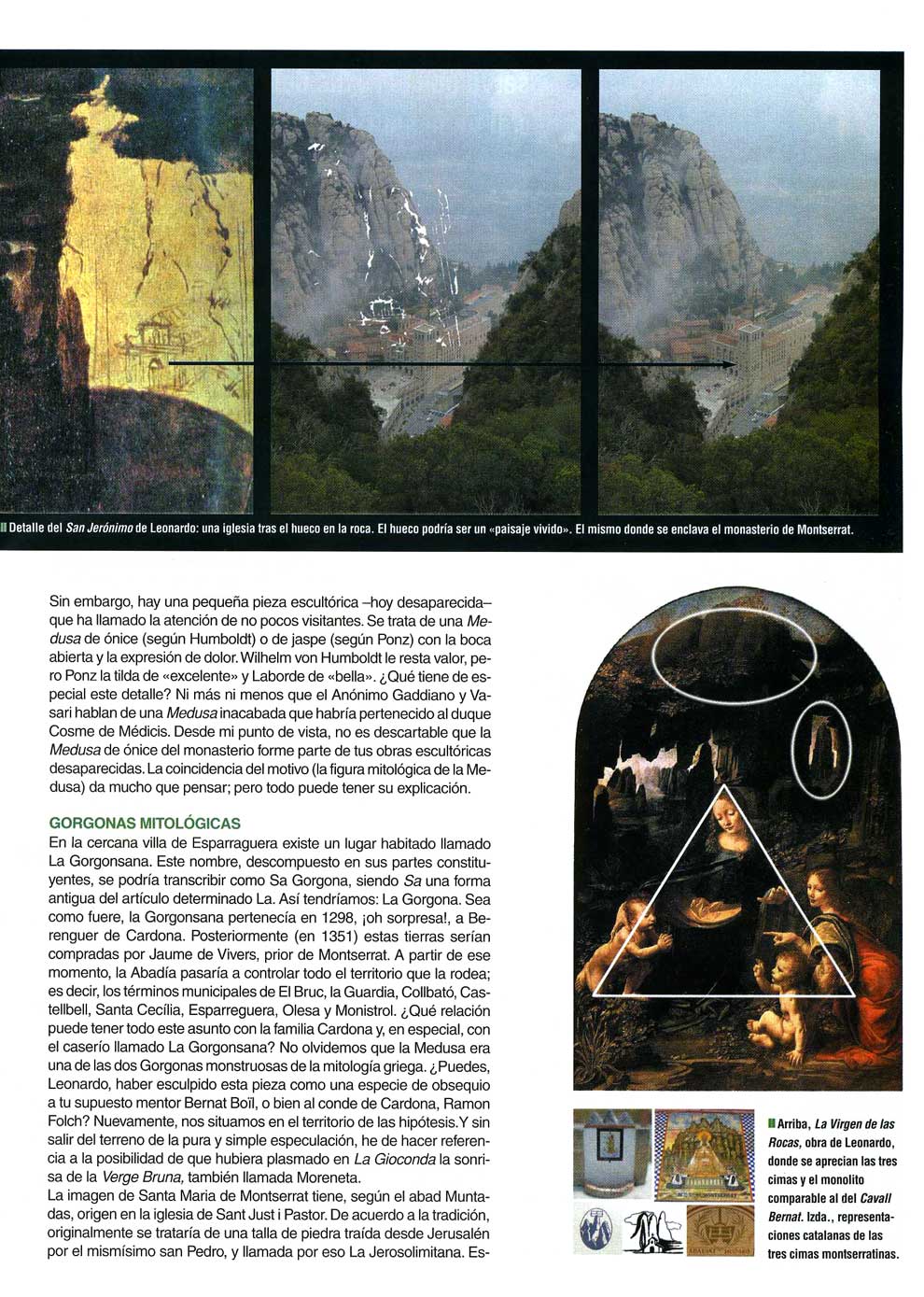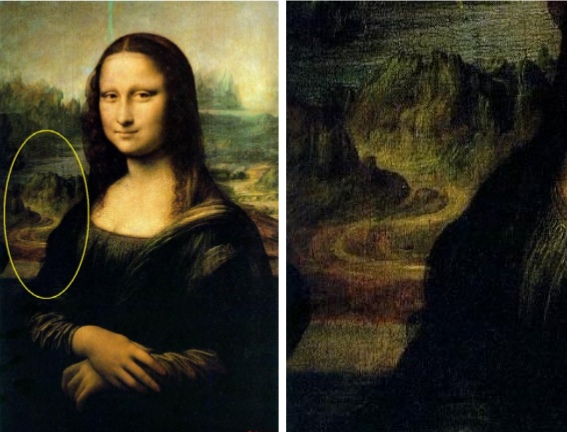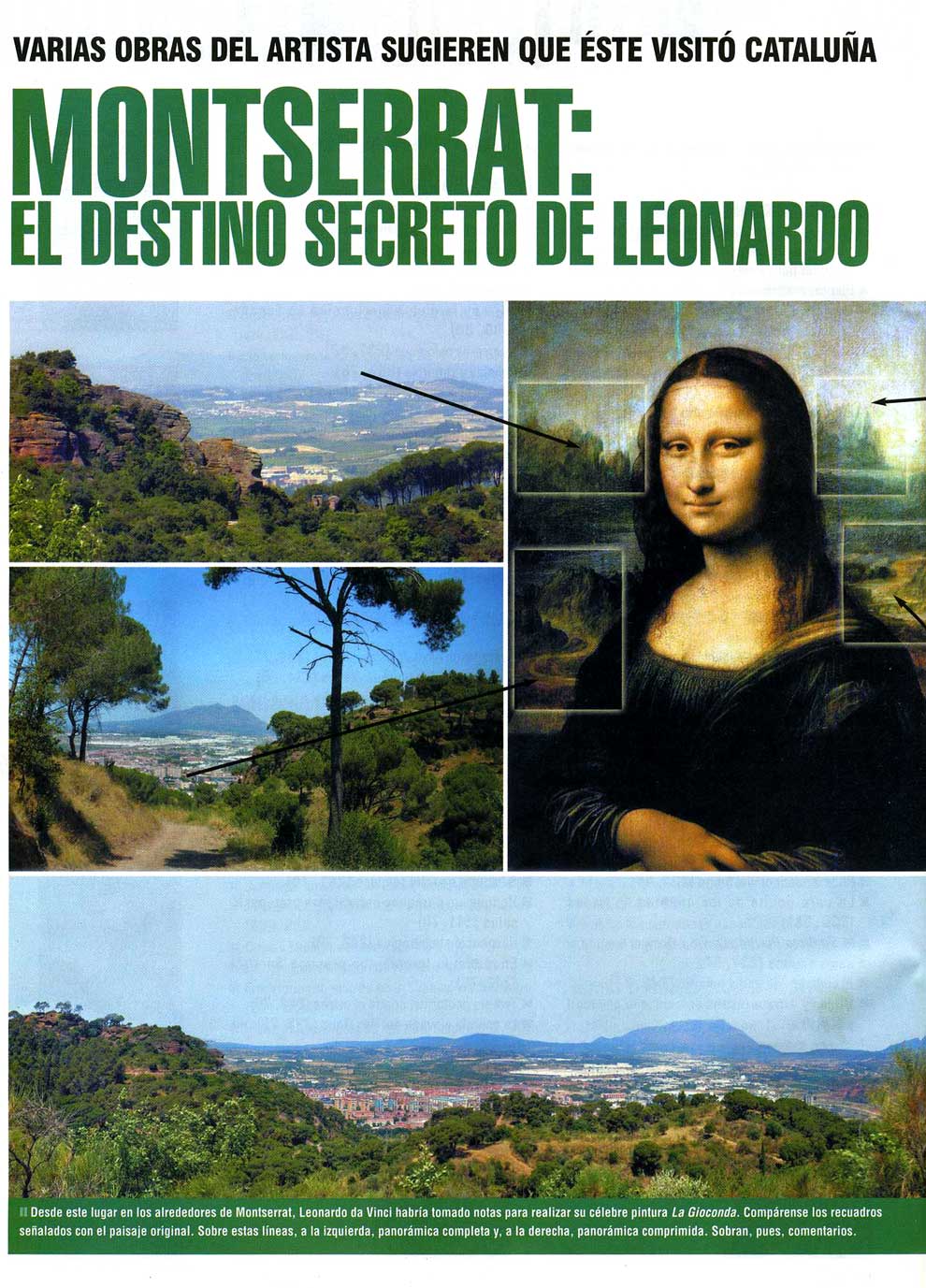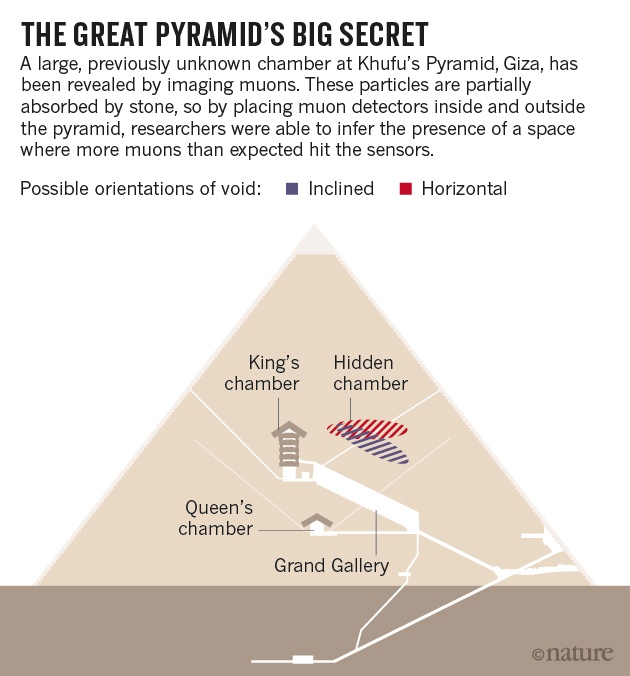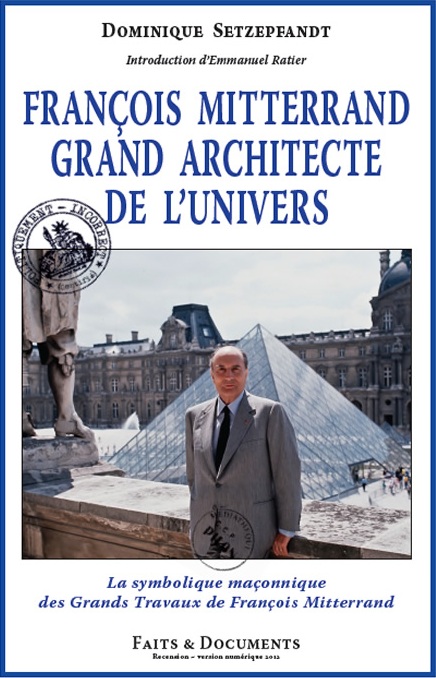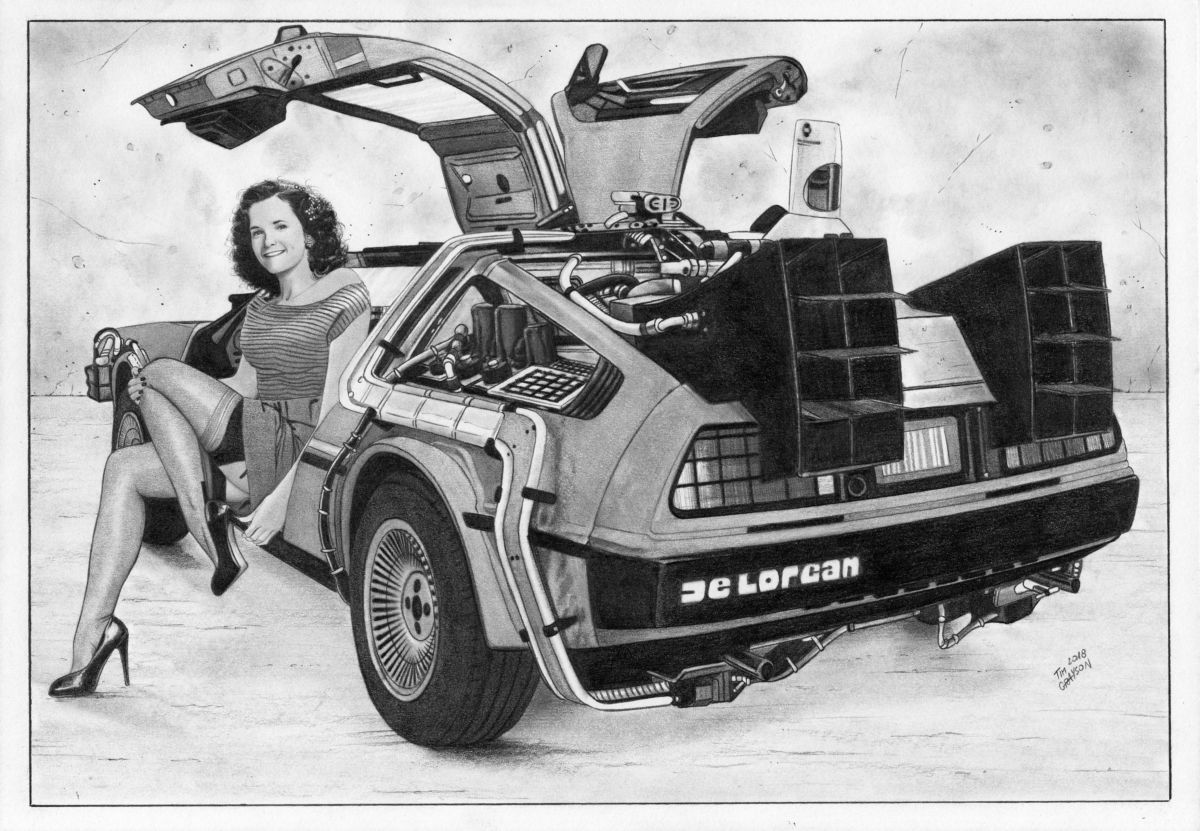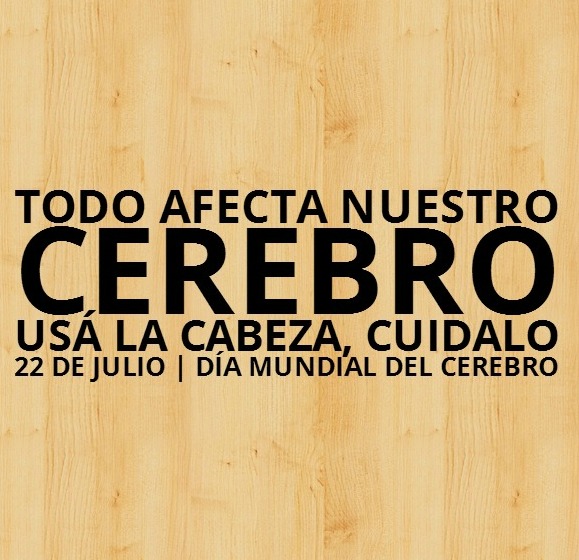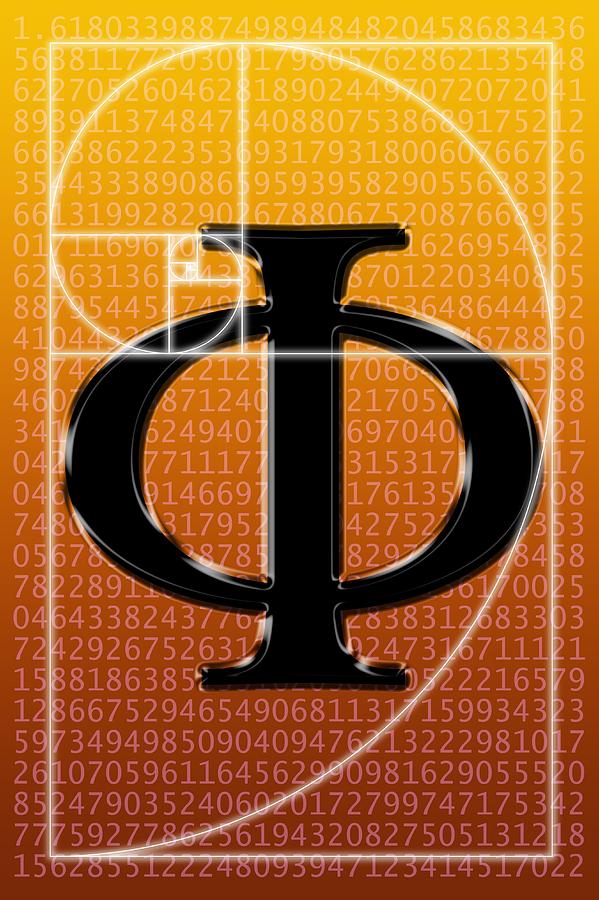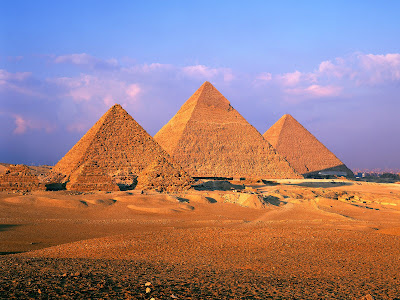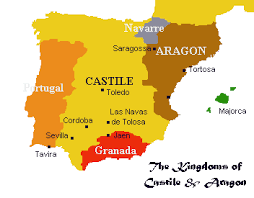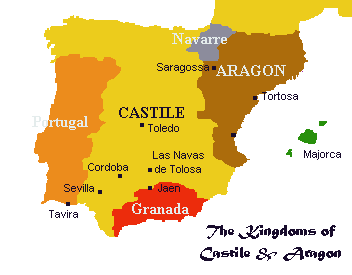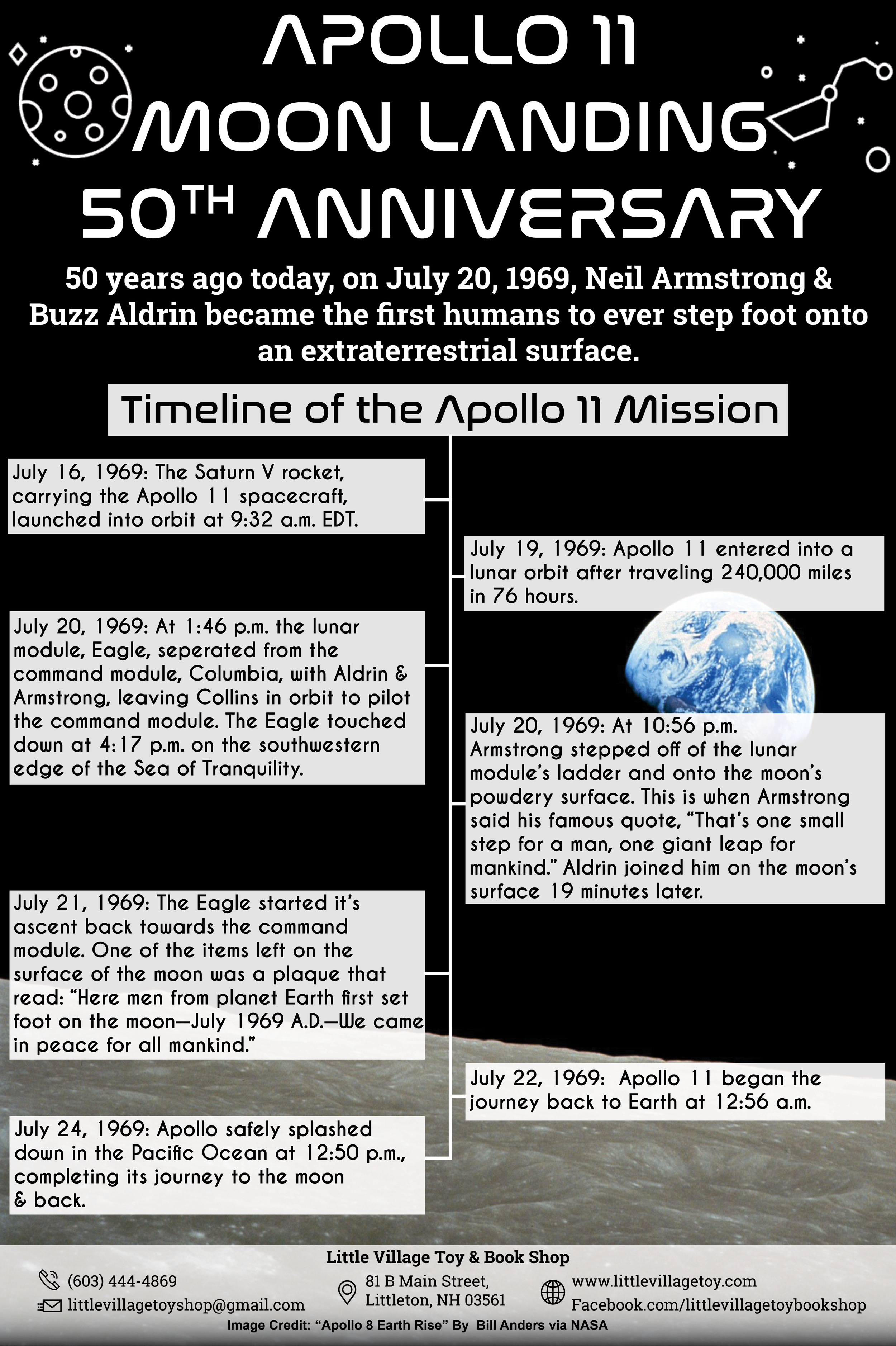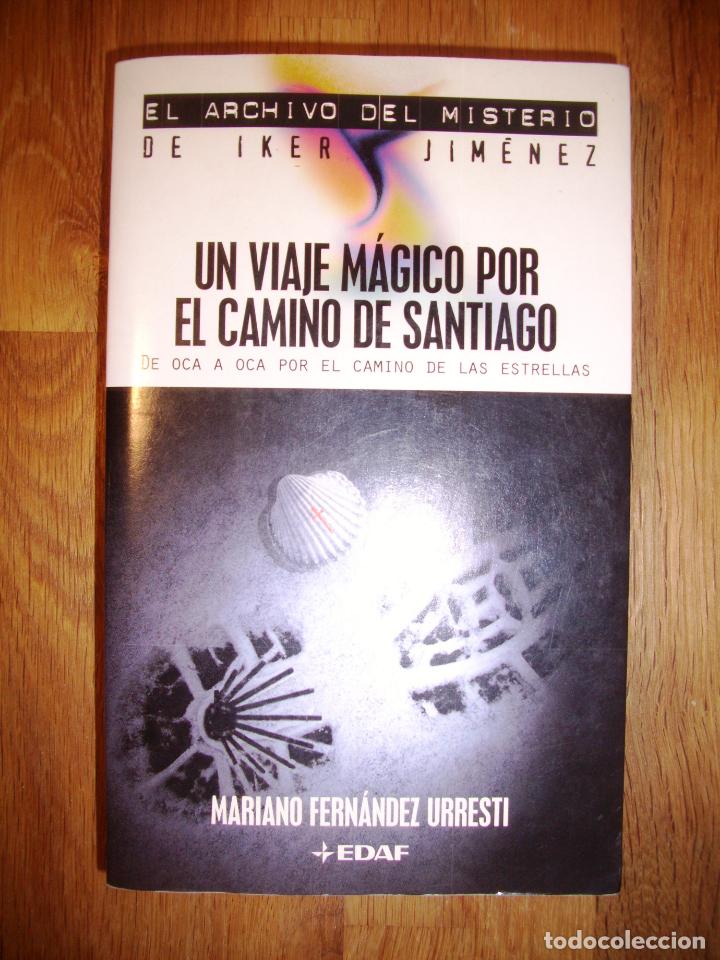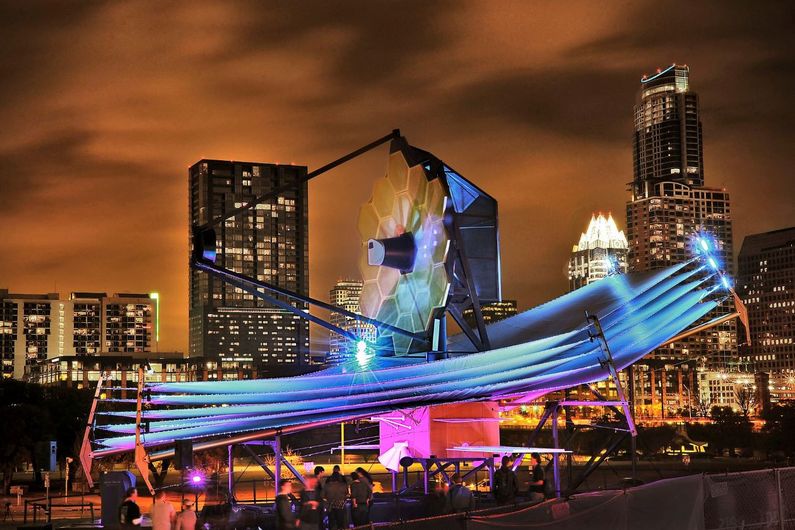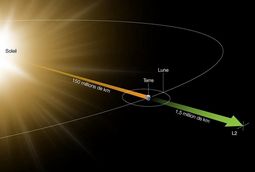|
|
General: TRANSFIGURACION=TRASLACION EN EL TIEMPO=PEDRO=PIEDRA=VATICANO=EINSTEIN
Elegir otro panel de mensajes |
|
|
1. Juan 1:42 Y le trajo a Jesús. Y mirándole Jesús, dijo: Tú eres Simón, hijo de Jonás; tú serás llamado CEFAS (que quiere decir, Piedra).
2. 1 Corintios 1:12 Quiero decir, que cada uno de vosotros dice: Yo soy de Pablo; y yo de Apolos; y yo de CEFAS; y yo de Cristo.
3. 1 Corintios 3:22 sea Pablo, sea Apolos, sea CEFAS, sea el mundo, sea la vida, sea la muerte, sea lo presente, sea lo por venir, todo es vuestro,
De izquierda a derecha: Galileo Galilei, Marie Curie, J. Robert Oppenheimer, Isaac Newton, Louis Pasteur, Stephen Hawking, Albert Einstein, Carl Sagan, Thomas Edison, Aristoteles, Neil deGrasse Tyson, Richard Dawkins y Charles Darwin.
|
|
|
|
|
La Ciudadela de Jaca, cuyo nombre oficial es el de Castillo de San Pedro, sede en la que nuestra Sección Delegada de Jaca/Sabiñánigo tiene sus instalaciones, acaba de estrenar un impresionante asistente virtual que permite conocerla con mucho detalle sin salir de casa, modernizándose a los tiempos modernos, pues permite también comprar on-line las entradas para visitarla y conocer con exactitud los horarios, actividades y servicios proporcionados.
Nuestra enhorabuena a su Director, Francisco Rubio Damián, miembro de nuestra Asociación, por esta iniciativa que pone al Consorcio que dirige en varguardia de todos los existentes en lo que a modernidad e integración de las nuevas tecnologías se refiere. Seguro que, como con otras novedades anteriores, ésta tendrá un éxito extraordinario y una grandísima aceptación entre todos aquellos interesados en conocer y visitar la Ciudadela.
|
|
|
|
|
ISLA SAN GIORGIO (VENECIA)=GEORGE LEMAITRE
|
|
|
|
|
Ciclos de Venus octagonales y pentagonales.
|
|
|
|
|

The James Webb telescope: part alien life detector, part time machine
In the lead-up to the launch of the James Webb telescope, we look at the scientific objectives of the most powerful space observatory ever sent into orbit.
Are we alone in the universe? What did the first galaxies formed after the Big Bang look like? How did the planets in our solar system emerge? The James Webb telescope hopes to find answers to these existential questions.
Set to launch on December 22, the James Webb is the product of the combined scientific prowess of NASA, the European Space Agency (ESA) and the Canadian Space Agency (CSA) – and by extension, Université de Montréal (UdeM). The CSA contributed a scientific instrument and a guidance sensor to the massive observatory and René Doyon, Director of UdeM’s Institute for Research on Exoplanets (iREx) and a professor in the Physics Department, is the principal investigator on the Canadian scientific team.
Together, the components supplied by the CSA, NASA and the ESA form the most complex, accurate and powerful space observatory ever built, one that promises revolutionary discoveries in astronomy.
The unparalleled power of the observatory will help scientists throughout the world scrutinize the distant reaches of the universe to learn more about the composition and inhabitability of exoplanets and study the life cycle of stars.
Exploring new worlds in search of life
The James Webb Telescope is the successor to the Hubble space telescope but is more precise and efficient because of the size of its mirror, the range of light it can detect and its location.
These attributes will enable the Webb to study the planets in our solar system and other planetary systems in unprecedented detail. Moreover, the scientific instrument developed by Doyon’s team is designed to analyze many types of celestial bodies, including the atmospheric composition of distant exoplanets.
“What we’re looking for, our holy grail, are ‘biosignatures,’ that is, signs of extraterrestrial life,” explained iREx coordinator Nathalie Ouellette, an astrophysicist who does communications for the James Webb.
She hastened to add that we shouldn’t imagine these signs of life the way they are depicted in science fiction films: “We’re talking about finding signs of biological activity or the signature of certain molecules that we have identified as essential to life, such as oxygen, water vapour, carbon dioxide, methane and ozone. Based on the presence of such molecules, particularly in certain combinations, we may be able to determine that conditions are conducive to the development of life when we explore an exoplanet using the telescope.”
Casting light on the dawn of the universe
Telescopes are also time machines of a sort. “Looking into space is like looking into the past,” said Ouellette. “Light waves travel so fast that, to the naked eye, they seem to flash instantly from one point to another. In space, however, the distances are so vast that the time it takes light to travel is perceptible.”
That makes the Webb a marvellous time machine. It will be able to see back in time to 200 million years after the Big Bang, something that has never been done before. “With the Hubble, we could go to 500 million years after the Big Bang, so now we’re going 300 million years further,” noted Ouellette. “That’s remarkable, considering that the beginning of the universe was a tumultuous period. Galaxies were colliding and stars were forming at a rapid pace.”
“Tell me where you come from and I’ll tell you who you are”
The Webb will thus improve our understanding of the development of the first luminous objects (galaxies) over time. Ouellette believes the telescope will also provide insight into the creation of our own solar system.
“We still have many questions about the origins of life in our solar system. We don’t know exactly how we came to be on Earth and how the planets were formed,” Ouellette pointed out. “By studying other systems, stars and planets at various stages of development, we hope to be able to trace our own history and understand ourselves better.”
That is the ultimate goal of the James Webb: to revolutionize our understanding of the universe and, above all, to place the Earth, in all its fragility and uniqueness, in a broader context.
https://nouvelles.umontreal.ca/en/article/2021/12/09/the-james-webb-telescope-part-alien-life-detector-part-time-machine/
|
|
|
 Primer Primer
 Anterior
105 a 119 de 119
Siguiente Anterior
105 a 119 de 119
Siguiente
 Último
Último

|
|
| |
|
|
©2024 - Gabitos - Todos los derechos reservados | |
|
|


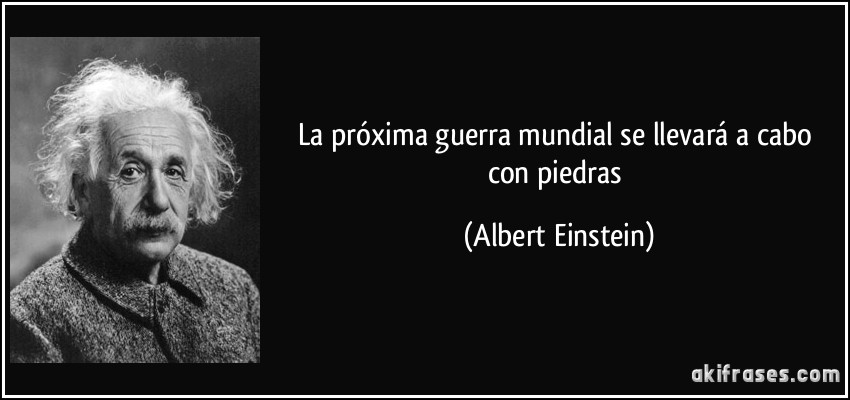
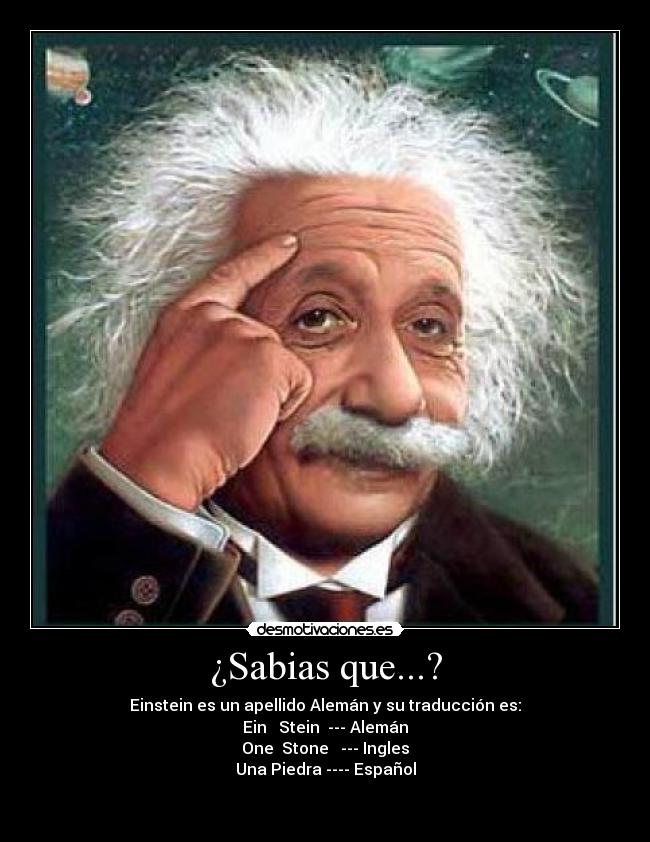



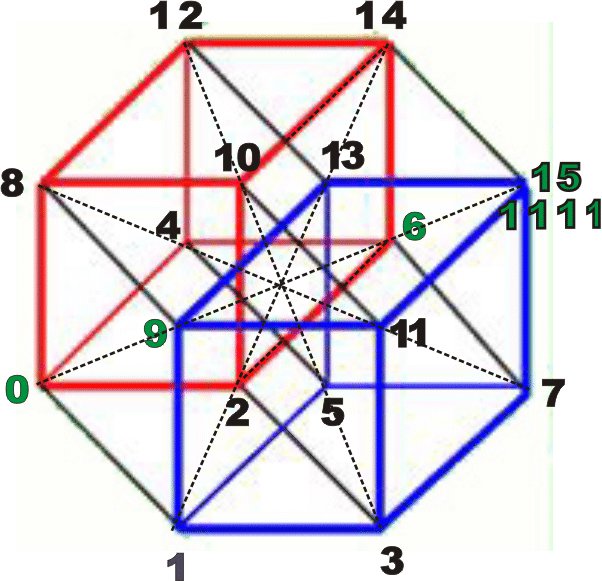




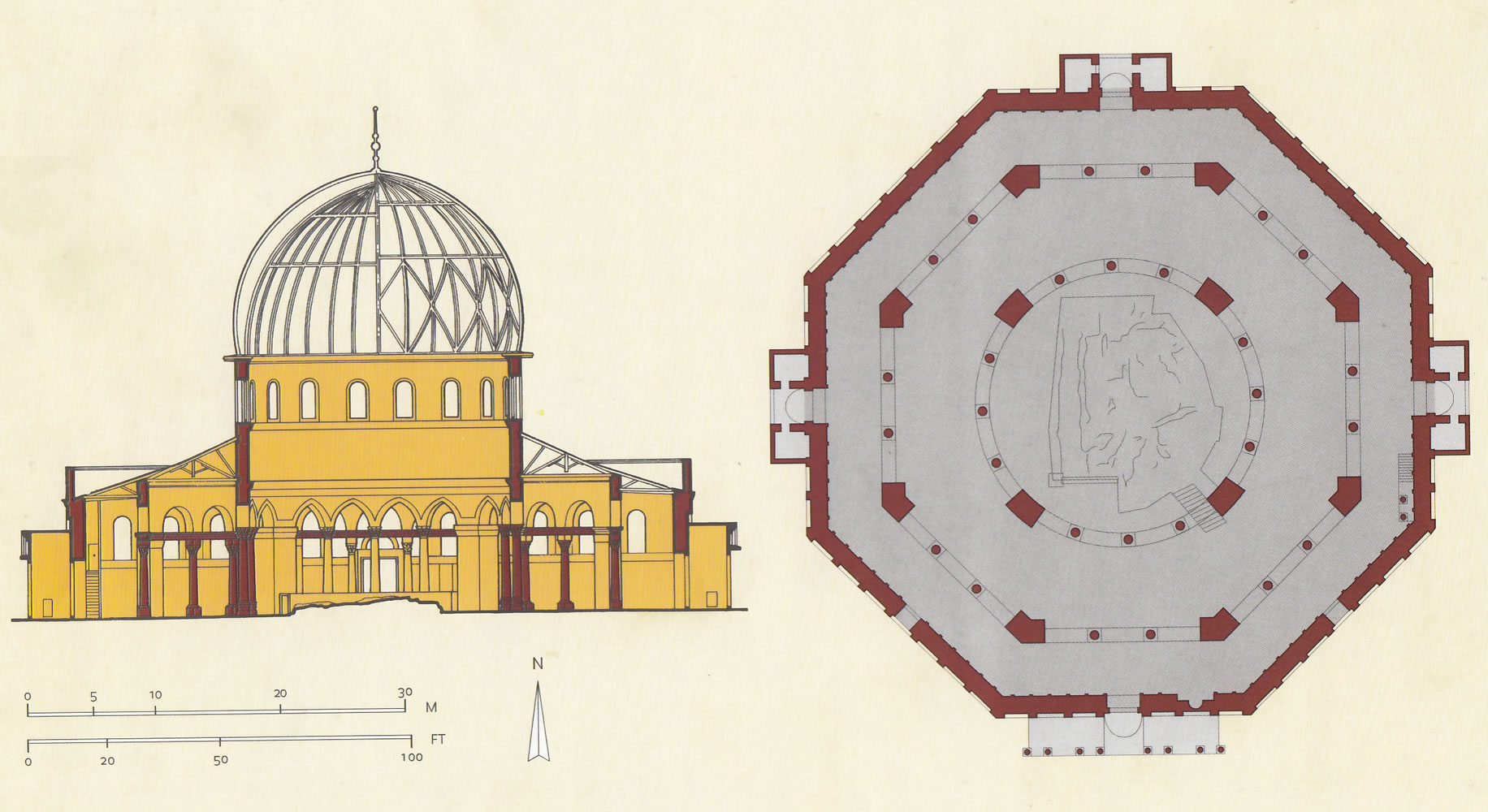

![59 - Curso de Relatividad General [Ecuaciones de Campo & Constante Cosmológica] - YouTube](https://i.ytimg.com/vi/HI3m80zLo24/maxresdefault.jpg)


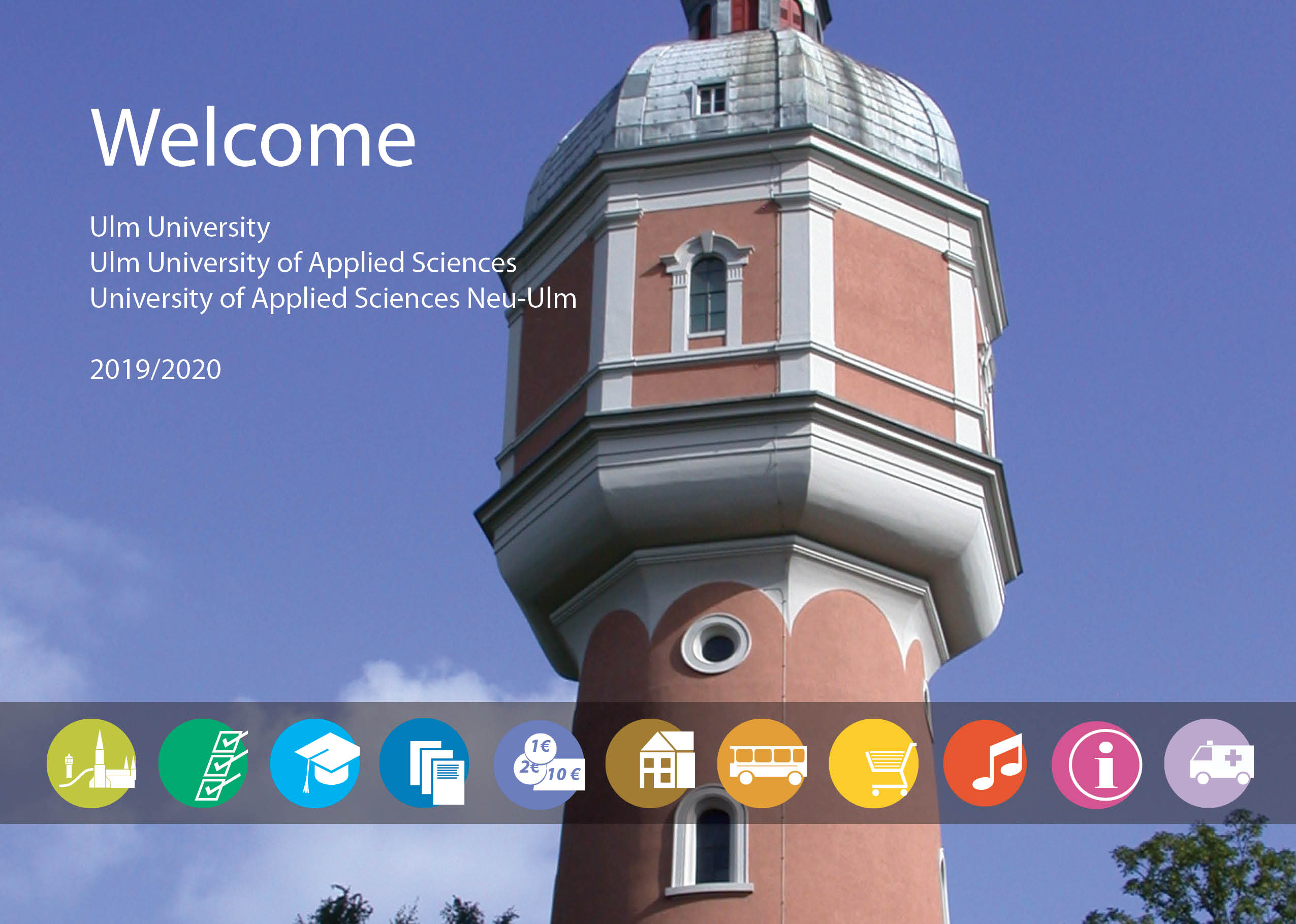






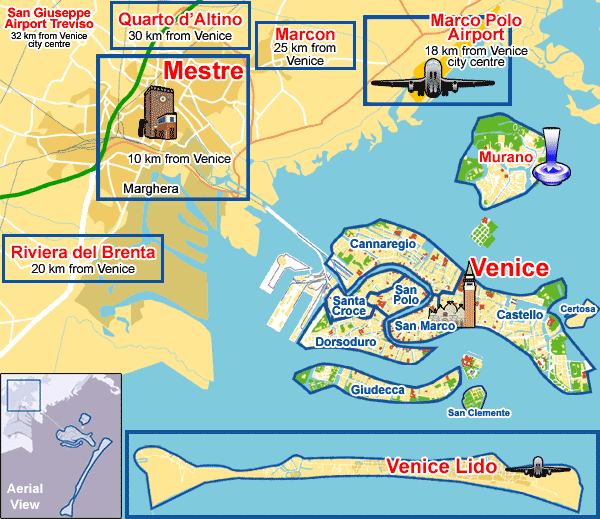

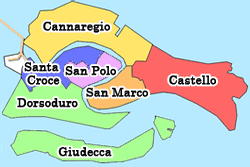
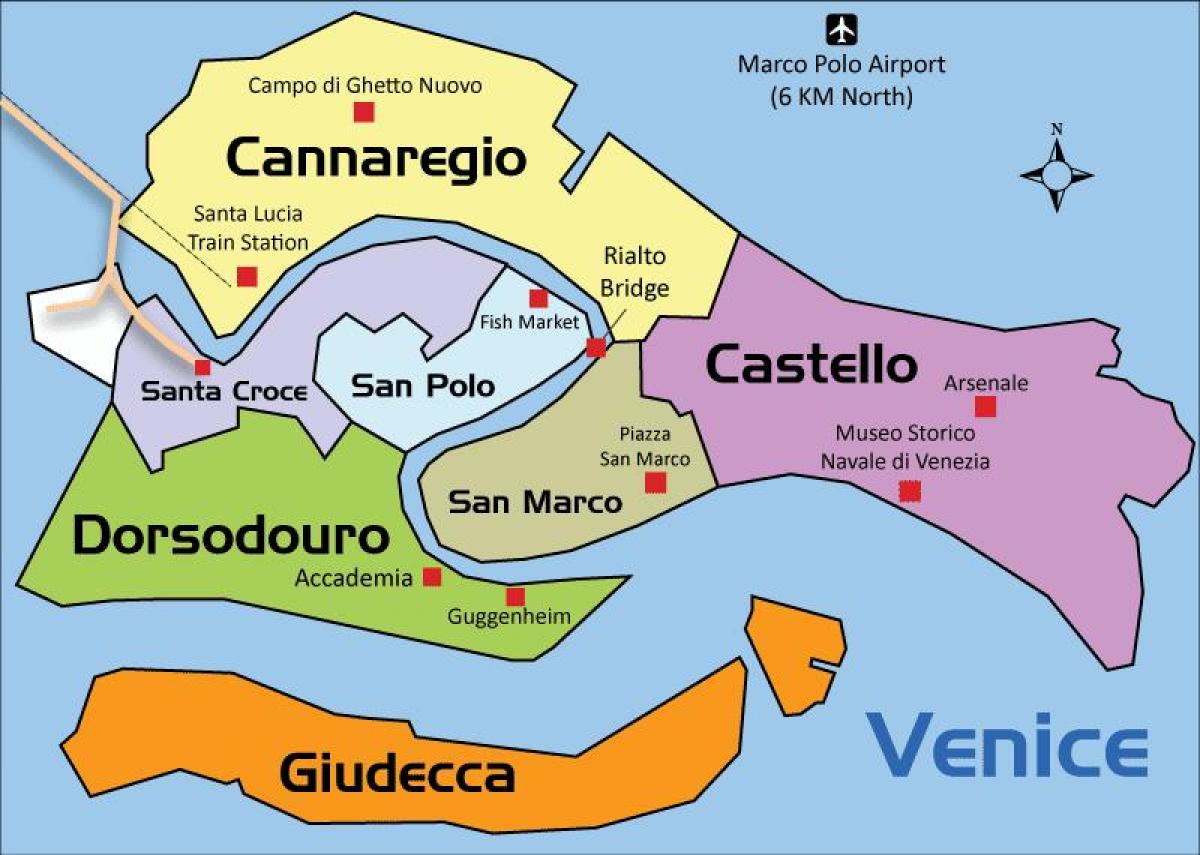








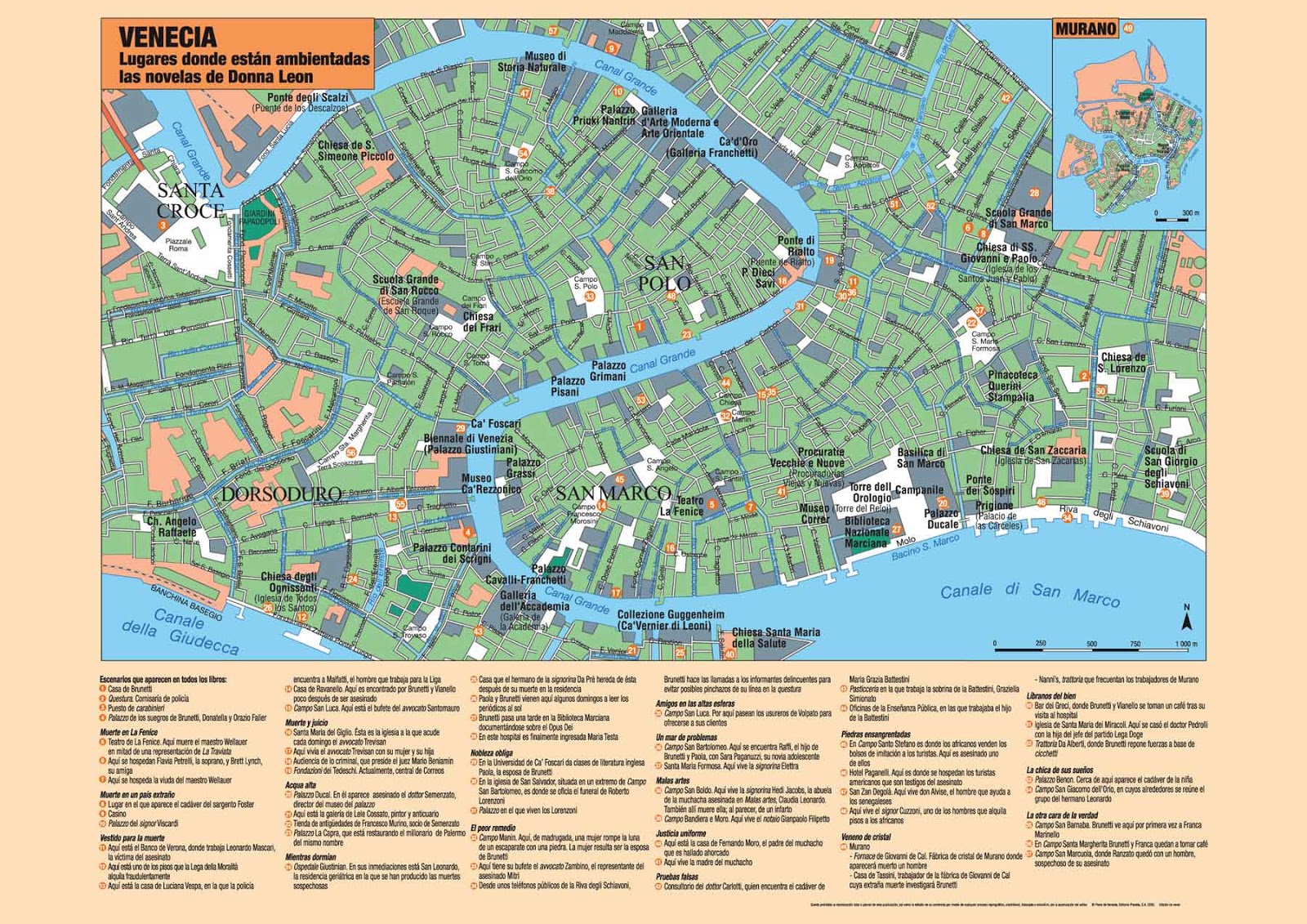


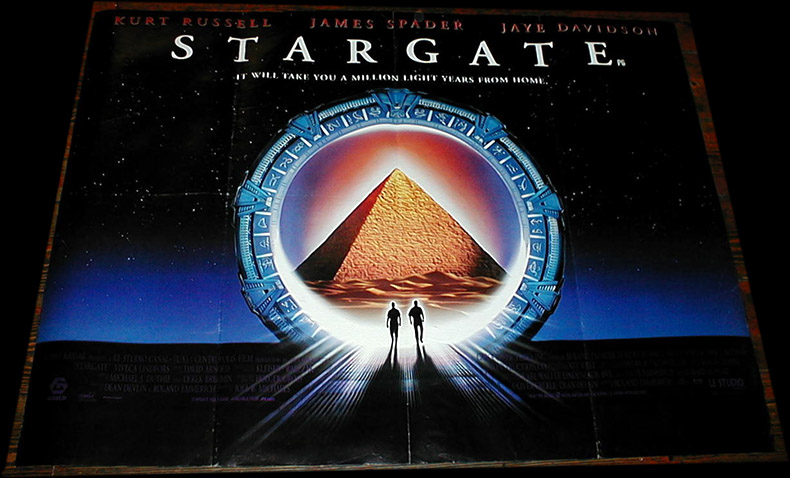



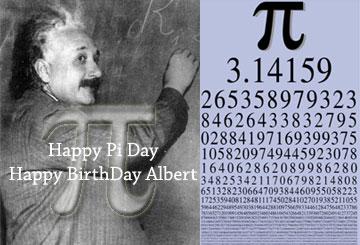

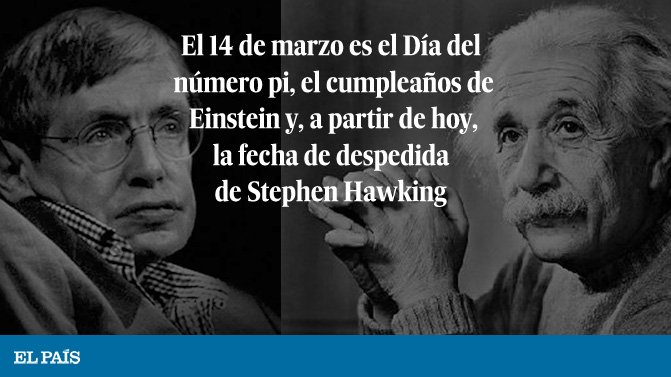


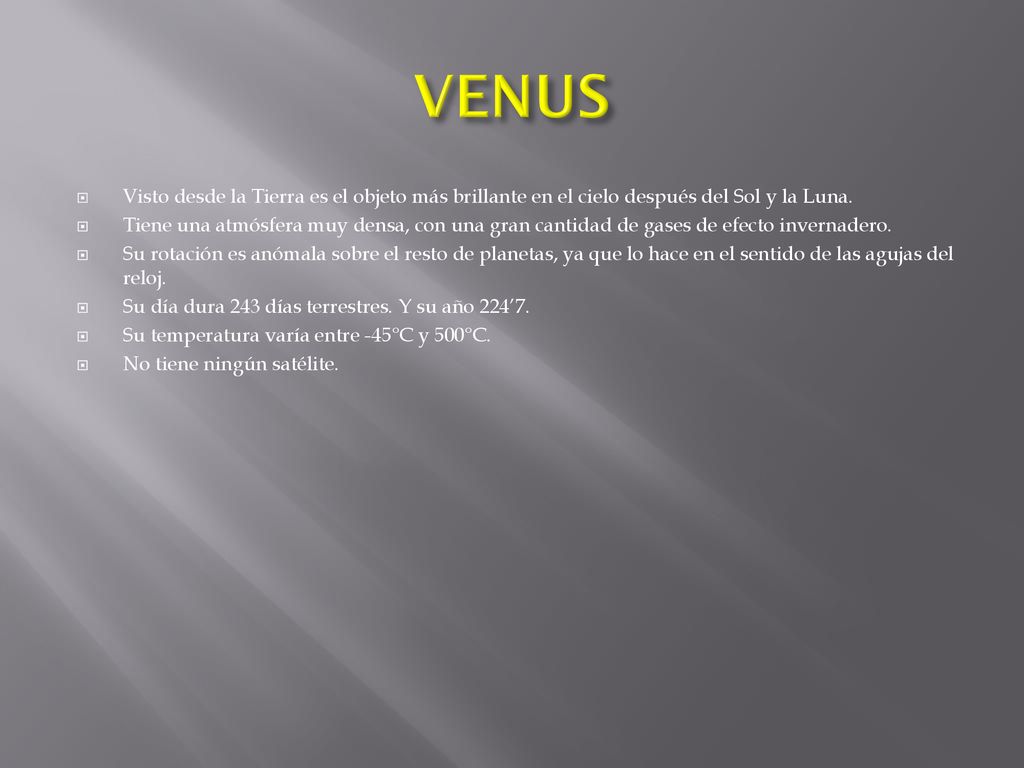
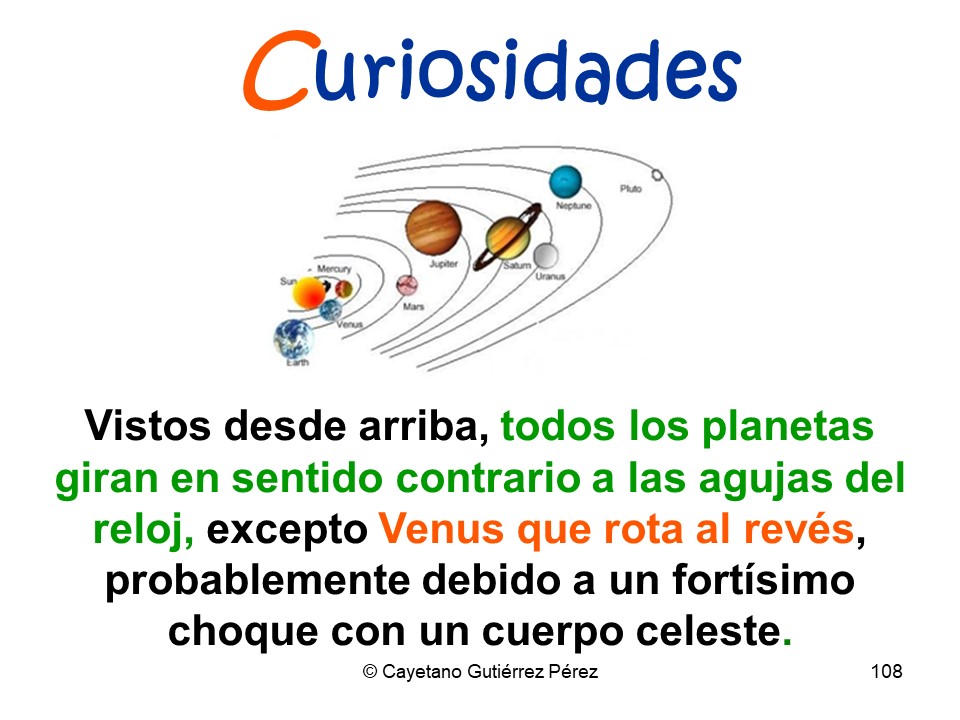
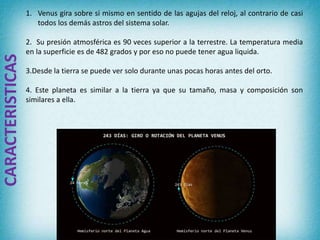


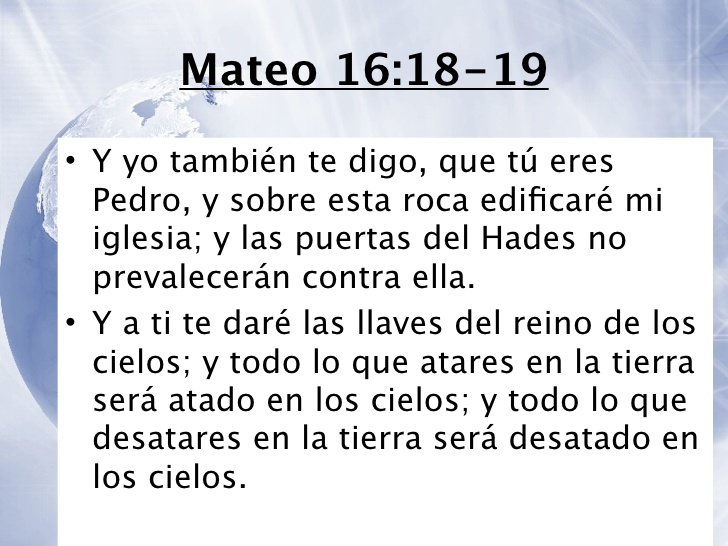

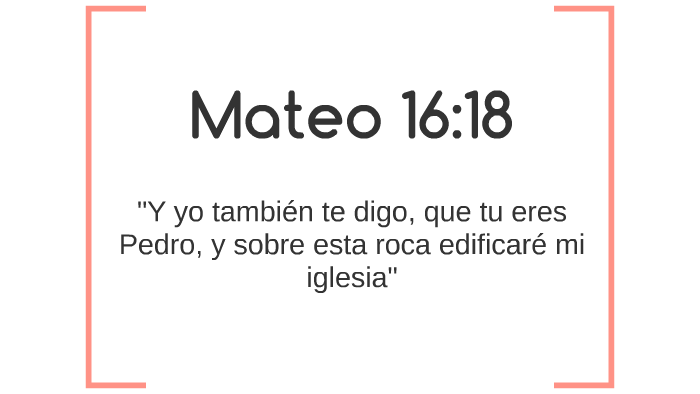






:max_bytes(150000):strip_icc()/11174__davinci_l-9e6b52bc98c446be8f546038a7044846.jpg)
